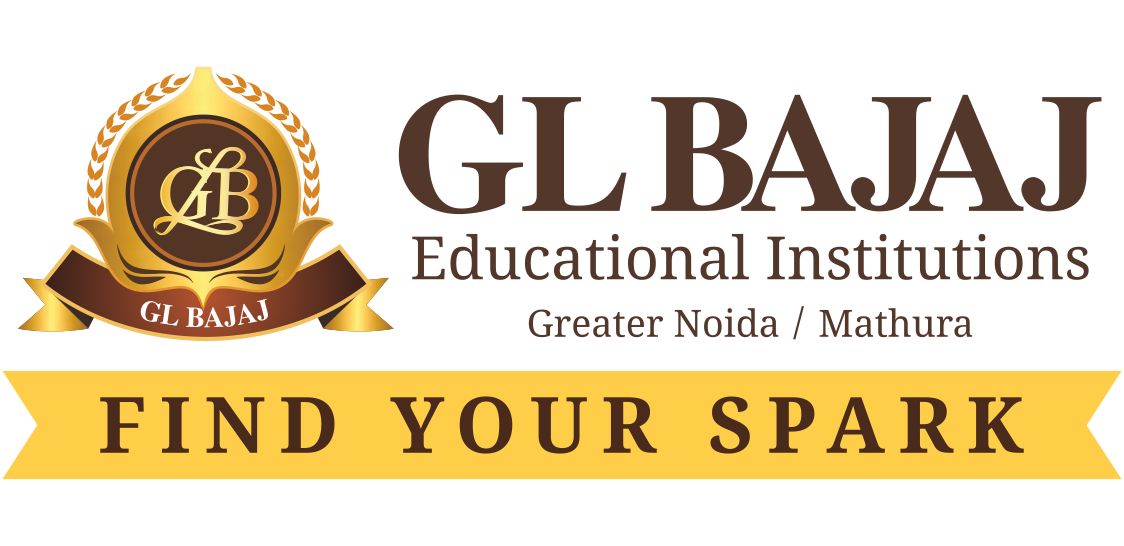Ministry of Housing & Urban Affairs
100% door to door collection of segregated waste from each household/ premise under (SBM-U) 2.0
1,326 projects worth ₹ 41,847 Crore grounded and 114 lakh new water tap connections provided under AMRUT
Out of 4372 Urban Local Bodies 4371 certified Open Defecation Free (ODF)
The salient features of Swachh Bharat Mission (SBM-U) 2.0, launched on 01st October, 2021, are:
(i). all households and premises segregate their waste into “wet waste” (from kitchen and gardens) and “dry waste” (including paper, glass, plastic, and domestic hazardous waste and sanitary waste wrapped separately);
(ii). 100% door to door collection of segregated waste from each household/ premise;
(iii). 100% scientific management of all fractions of waste, including safe disposal in scientific landfills;
(iv). all legacy dumpsites remediated;
(v).all used water including faecal sludge, is safely contained, transported, processed and disposed so that no untreated faecal sludge and used water pollutes the ground or water bodies, in cities with less than one lakh population;
(vi). phased reduction in use of single use plastic.
The salient features of AMRUT 2.0, launched on 01st October, 2021, are:
(i). Universal coverage of water supply from 500 cities to about 4,800 statutory towns.
(ii). Focus on making the cities ‘self-reliant’ and ‘water secure’.
(iii). Universal coverage of sewerage and septage management in 500 AMRUT cities.
(iv). Target to provide 2.68 Crore tap connections and 2.64 Crore sewer connections.
(v). Focus on financial sustainability of Urban Local Bodies (ULBs) through enhanced credit worthiness and market borrowing.
(vi). ‘Pey Jal Survekshan’ will be undertaken in cities to promote healthy competition among them and function as monitoring tool and Mission accelerator.
(vii). Technology sub-Mission under AMRUT 2.0 will help in identifying proven and potential global technologies in water sector.
(viii). Entrepreneurship/ start-ups involved in low-cost indigenous equipments and processes will be encouraged.
SBM-U 2.0 and AMRUT 2.0 have been launched on 01stOctober, 2021. The financial outlay of SBM–U 2.0 and AMRUT 2.0 is at Annexure-I.
Out of 4372 Urban Local Bodies (ULBs),4371 have been certifiedOpen Defecation Free (ODF),except for one ULBof Purulia in West Bengal.
Under AMRUT Mission, launched on 25thJune, 2015 in 500 cities, the objective was to improve the sewerage coverage and septage management and providing safe drinking water universally, in all ULBs with population of one lakh or more (as per Census 2011), all Capital cities, all Heritage City Development and Augmentation Yojana (HRIDAY) cities, identified cities on the stem of the main rivers, hill states, islands and tourist destinations.Now under AMRUT 2.0 all 500 cities will get universal coverage through sewerage/ septage.
Sewerage, septage management and recycle/ reuse of treated used water in cities with population less than one lakh, which are not covered under AMRUT, will be covered under SBM-U 2.0.
Sanitation being a State subject, it is the State Government which formulates its Action Plan for implementation of SBM-U in the State. Under SBM-U, Ministry of Housing & Urban Affairs (MoHUA) has released the Central Share (CS) assistance for implementation of the Action Plan submitted by the Government of Assam, which includes construction of Individual House Hold Latrine (IHHL), Community/ Public Toilet (CT/PT), Solid Waste Management (SWM), Capacity Building (CB) of the ULBsand also for carrying out Information Education Communication (IEC) and Public Awareness (PA) campaign. The details of the status of financial and physical progress of SBM-U in Assam are at Annexure-II.
For making cities garbage free, underSBM-U a protocol has been launched for Star Rating of Garbage Free Cities (GFCs) in January, 2018, in order to institutionalize a mechanism for cities to achieve Garbage Free status, and to motivate cities to achieve higher degrees of cleanliness.
In the National Capital Region (NCR) of Delhi, New Delhi Municipal Council (NDMC) has been rated as 3 star ULB in 2019 and 5-star in 2021 in Garbage Free City (GFC) assessment. In the past,Delhi Cantonment achieved 1 star GFC rating in 2020.
Under AMRUT, steps taken to provide water supply to every household includes, taking-up of 1,345 water supply projects worth ₹ 42,206 Crore, of which 1,326 projects worth ₹ 41,847 Crore have been grounded. Out of the target of providing 139 lakh water tap connections to achieve universal coverage, so far 114 lakh new water tap connections have been provided.
In NCR of Delhi, so far ten water supply projects worth ₹ 292 Crore have been taken up in the four ULBs, namelyNew Delhi Municipal Council (NDMC), East Delhi Municipal Corporation (EDMC), North Delhi Municipal Corporation (North DMC) and South Delhi Municipal
Corporation (SDMC). Of these nine projects of ₹ 262 Crores have been grounded.
Operational Guidelines of SBM-U 2.0 and AMRUT 2.0 have been shared with the States/ Union Territories through the web portals given below:
SBM-U2.0 :https://sbmurban.org/
AMRUT 2.0 :https://mohua.gov.in/upload/uploadfiles/files/AMRUT-Operational-Guidelines.pdf
Annexure-I
Financial outlay of SBM-U 2.0
Estimated cost of implementation : ₹1,41,600 crore.
Government of India share : ₹36,465 crores.
Balance cost to be contributed by
(a). Individuals as beneficiary contribution,
(b). States and UTs/ ULBs
(c). Private Sector under PPP.
(Wherever private sector funding is not available, State/ UT will need to provide the necessary funds)
Remaining cost : To be generated through various other sources of funds, including Corporate Social Responsibility (CSR) funds from public/ private sector, external assistance etc.
Financial outlay of AMRUT 2.0
The total indicative outlay for AMRUT 2.0 is ₹ 2,77,000 crore including central share of ₹ 76,760 crore for five years from FY 2021-22 to FY 2025-26.
The central budgetary allocation for various Mission components will be as under:
| S.
No. |
Mission component | Central
Allocation ( ₹ Cr) |
| 1. | Projects | 66,750 |
| 2. | Incentive for Reforms (8% of project CA allocation) | 5,340 |
| 3.. | Administrative & Other Expenses (A&OE) for States/ UTs (3.25% of project CA allocation) | 2,169 |
| 4. | Administrative & Other Expenses (A&OE) for MoHUA (1.75% of project CA allocation) | 1,168 |
| 5. | Technology Sub-Mission (1% of project CA allocation) | 667 |
| 6. | IEC Activities (1% of project CA allocation) | 667 |
The ongoing AMRUT projects will be funded with central assistance up to 31 March 2023.
No funds will be released for any AMRUT project incomplete by that date and it will become the responsibility of the State/ UT to complete them from their own resources.
Annexure-II
Swachh Bharat Mission
- Financial progress: Out of total Mission allocation of ₹244.30 Crores for Assam, an amount of ₹207.49 Crores (84.93%) has been drawn by the Government of Assam till date.
- Physical Progress:
(i). Toilet construction :
| Type of Toilets | Target | Completed | Percentage Progress |
| Individual House Hold Latrines (IHHL) | 75,720 Units | 74,416 Units | (98.50%) |
| Community / Public Toilets (CT/PT) | 3,554 seats | 3,350 seats | (92%) |
(ii). Open Defecation Free (ODF) status :
| ODF certification type | Target | No. of certified ULBs |
| ODF | All 96 ULBs in the State ODF | 96 |
| ODF+ | 27 | |
| ODF++ | 0 |
(iii). Solid Waste Management :
| Activity | Target | Achievement (in%) |
| 100% Door-to-door collection | In all 943 wards | In 845 wards (89.60%) |
| 100% Segregation at source | In all 943 wards | In 410 wards (43.47%) |
| Scientific processing of waste | 100% of 1,021 TPD of waste generated daily | 653 TPD (64%) of waste processed |
This information was given by the Minister of State in the Ministry of Housing and Urban Affairs, Shri Kaushal Kishore, in a written reply in the Lok Sabha today.
*****










